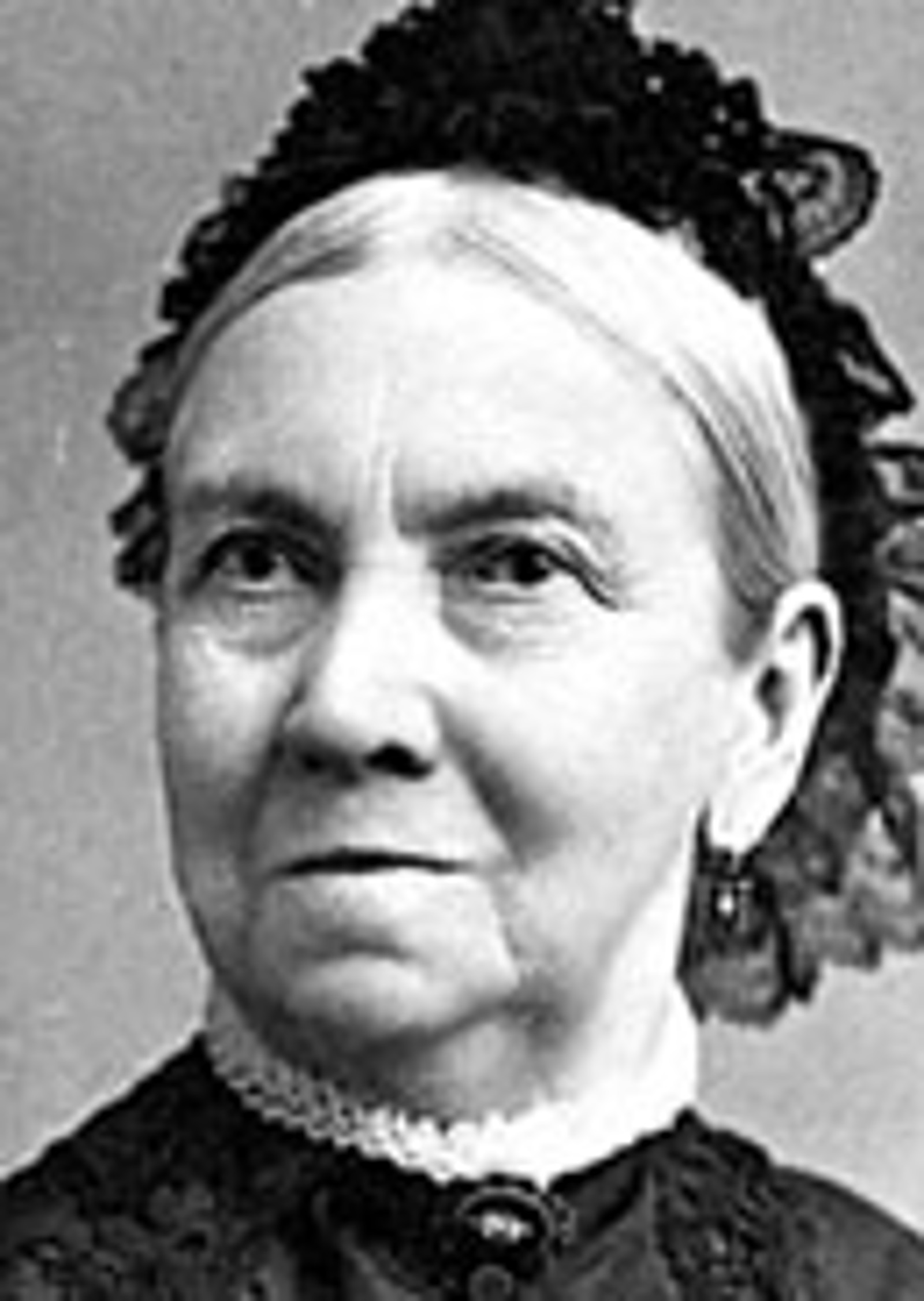
Bathsheba Bigler was born on May 3, 1822, in Shinnston, West Virginia. Her father was a Southern Gentleman and her mother came from a wealthy family. They lived on a 300-acre plantation where Bathsheba was raised in luxury and trained in the fine arts of embroidery and cloth production. She was an artist as well and enjoyed sketching drawings of her friends.
To swear eternal friendship, she and a girlfriend used each other’s last names as their middle name, so Bathsheba often signed her name Bathsheba W. (or Wilson), Bigler.
When the Mormon missionaries knocked on the Bigler’s door, Bathsheba’s entire family decided to be baptized and joined the Saints out west. One of the missionaries was George A. Smith, a cousin to the Prophet. As the Biglers set out for Missouri, George went on to England to complete a mission with a promise to join up with the family and marry Bathsheba.
In her journal, Bathsheba writes how the journey west was quite romantic; traveling in a wagon, passing through towns and prairie, and camping in tents. When they arrived in Missouri, they encountered hostile mobs. They soon moved on to Quincy, then again to Nauvoo.
Fourteen days after George returned from his mission, they were married. They were unsettled several times their first year of marriage, living in shabby homes that leaked, were small, and very uncomfortable. But, even though Bathsheba was used to finery, she endured. In fact, she records in her journal, “I was ashamed to have any of my acquaintances see me in such a looking place. It had, however, the desirable qualities of neither smoking nor leaking.”
At age eighteen, Bathsheba was the youngest woman present at the organization of the Relief Society in Nauvoo. Of a later meeting she records of Joseph Smith, “He opened the meeting by prayer…His voice trembled very much, after which he addressed us. He said: ‘According to my prayer I will not be with you long to teach and instruct you, and the world will not be troubled with me much longer.’”
She attended the laying of the cornerstone of the Temple. She and George were one of the first couples to be sealed before leaving the city. She, of course, knew Joseph Smith, and because she was married to his cousin, hosted him many times. She was witness to many of the great beginnings of the church.
Bathsheba gave birth to a son at Winter Quarters, who did not survive. Her recovery was difficult which led to the decision for her to stay with her two other children, while George traveled back and forth to the Salt Lake Valley helping other Saints migrate.
George A. was called on several missions, where he would go for several months with one of his other wives, leaving Bathsheba to live with relatives. Bathsheba didn’t appear to mind. Sharing the workload was definitely a great benefit of this lifestyle. She also didn’t mind all of the children that came from these sister-wives; she raised or helped raise, many of them. It wasn’t without conflict, however.
This large family eventually occupied the Historian’s Office, which stood across the street from Brigham Young’s home. Bathsheba was finally able to put to use all the skills she had learned as a child in making rugs, clothing, blankets, etc. Susan West would soon join the family and give birth to Clarissa, who would call Bathsheba, Mother. Bathsheba would prophesy that Clarissa would one day serve as General Relief Society President.
Bathsheba served as Eliza’s treasurer and Zina’s counselor. When “Aunt Zina” died in 1901, Bathsheba was called as President. She encouraged home industry, mothers’ classes which taught self-sufficiency, and suffrage; but, she felt the most important way to serve was to serve in the temple. She served as Temple Matron while serving as President. Brigham Young described her as a “high priestess of righteousness arrayed in her simple white gown of home-made silk”. She always wore this silk shawl, which she spun and made herself, in the temple.
to serve was to serve in the temple. She served as Temple Matron while serving as President. Brigham Young described her as a “high priestess of righteousness arrayed in her simple white gown of home-made silk”. She always wore this silk shawl, which she spun and made herself, in the temple.
It was during Bathsheba’s administration that the Relief Society collected money for a building, but the idea was put on hold while the Presiding Bishopric built their building (see A Building for the Relief Society). Bathsheba fainted upon hearing the news.
In the year 1910, at age eighty-eight, Bathsheba passed away. Recording her final testimony in her journal, she wrote: “When I heard the Gospel I knew it was true. When I first read the Book of Mormon, I knew it was inspired of God. When I first beheld Joseph Smith I knew I stood face to face with a prophet of the living God, and I had no doubt in my mind about his authority.”
This information comes from Elect Ladies and Women’s Voices.
What are the birth dates and names of her children?
You are going to love searching names at http://www.familysearch.org. You can enter any name and get all kinds of information. When looking for family information, it seems to be easier to enter the husband’s name, so search George Albert Smith and his marriage to Bathsheba Bigler. You will be able to see the information on their five children.